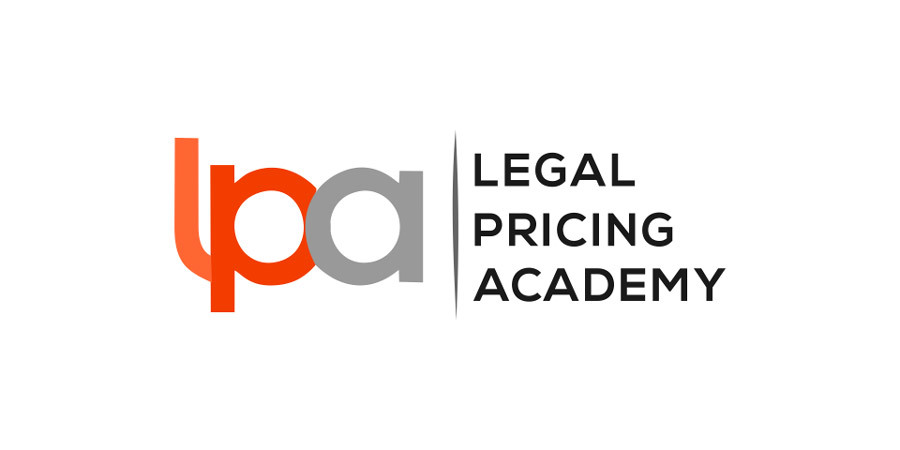While many law firms have over the last few years begun pricing improvement initiatives, many have failed to realise their potential and in the most disappointing and frustrating examples, they have eventually reverted to type entirely, losing all of the gains originally achieved. There is good reason for that. It’s hard. The rewards are significant but if it was easy, everyone would have done it a long time ago. So, we have decided to provide firms with a roadmap which will greatly increase the prospect of durable and sustainable improvements.

In doing so, we have developed a law firm specific model which draws on the work of John P Kotter, Konosuke Matsushita Professor of Leadership, Emeritus, at Harvard Business School. Professor Kotter is widely regarded as the foremost international authority on the topics of leadership and change.
In this series which will span 8 weeks, we will set out the 8 steps to a successful law firm pricing improvement initiative. Previous posts have covered:
Step #1 – Creating a Sense of Urgency.
Step #2 – Creating a Guiding Coalition
Step #3 – Developing a Vision & Strategy
Which brings us to…
Pricing Transformation - Step #4 – Communicating the Change Vision
Frustratingly for many firms, despite having executed the first three steps to a high standard, the whole project often disappears into the abyss at the communication stage.
A great vision can serve a useful purpose even if it is understood by just a few key people. But the real power of a vision is only unleashed when most of those involved in an enterprise or activity have a common understanding of its goals and direction. That shared sense of a desirable future can help motivate and coordinate the kinds of actions that create transformations.
Inability to communicate a vision is often attributed to general human resistance to change and scepticism as to whether the initiative is likely to succeed.
According to Professor Kotter of Harvard Business School, seven principles appear to be closely associated with the communication stage of a successful transformation;
- Simplicity & brevity:
Technobabble and management/MBA speak must be eliminated. They do nothing but create confusion, ambiguity, suspicion and alienation (think ‘stakeholders’, ‘constituencies’, ‘granularity’, ‘going forward’, ‘broad consensus’ and other grating clichés).
- Version 1: Through a consensual process of debureaucratisation, we will empower our front-line colleagues to better serve idiosyncratic customer requirements.
- Version 2: We are going to throw out much of the rulebook and give staff more discretion to do the right thing for clients at the right time.
- Metaphor, analogy and example:
- Version 1: We will marshal and deploy our renewable energy capabilities, supported by a comprehensive marketing and business development strategy in order to position ourselves as a leading provider of legal advice relating to renewable energy matters.
- Version 2: Within 12 months we will have established ourselves as the market’s apex predator in renewable energy, Tier 1 ranked in Chambers with pricing commensurate with that reputation.
- Multiple communication channels: Large meetings, small meetings, away-days, departmental briefings, memos and internal newsletters, intranet, formal and informal interaction are all required.
- Repetition: The most carefully crafted messages rarely sink deeply into the recipient's consciousness after only one pronouncement. Our minds are too cluttered, and any communication has to fight hundreds of other ideas for attention. In addition, a single airing won't address all the questions we have. As a result, effective information transferral almost always relies on repetition. Think, ‘Stay Home – Protect the NHS – Save Lives’.
- Leadership by example: Often the most powerful way to communicate a new direction this through behaviour. When the top five or fifty people all live the change vision, others would usually grasp it better than if there had been a hundred stories in the in-house newsletter. When you see senior and respected partners acting out the vision, a whole set of troublesome questions about credibility and gameplaying tends to evaporate.
- Explanation of seeming inconsistencies: Unaddressed inconsistencies undermine the credibility of all communication and institutionalised incongruities are even worse in terms of the confusion they engender and the damage they create. Take for example a focus on gross profit margin versus billable hours targets. Ensuring that all work delivers a minimum gross profit margin will inevitably result in comparatively unprofitable work/clients being turned away. How do you expect people to reconcile that with an unequivocal message to meet billable hours targets? Reconciliation or at least, explanation of those inconsistencies and incongruities is critical.
- Give-and-take: Because the communication of a vision is often such a difficult activity, it can easily turn into a screeching, one-way broadcast in which useful feedback is ignored and proponents of countervailing views are inadvertently made to feel unimportant. In highly successful change efforts, this rarely happens, because communication always becomes a two-way endeavour. If people don't accept a vision, the next two steps in the transformation process - empowering individuals for broad-based action and creating short-term wins - will fail.
Next week - Step #5 – Empowering People for Broad-based Action

